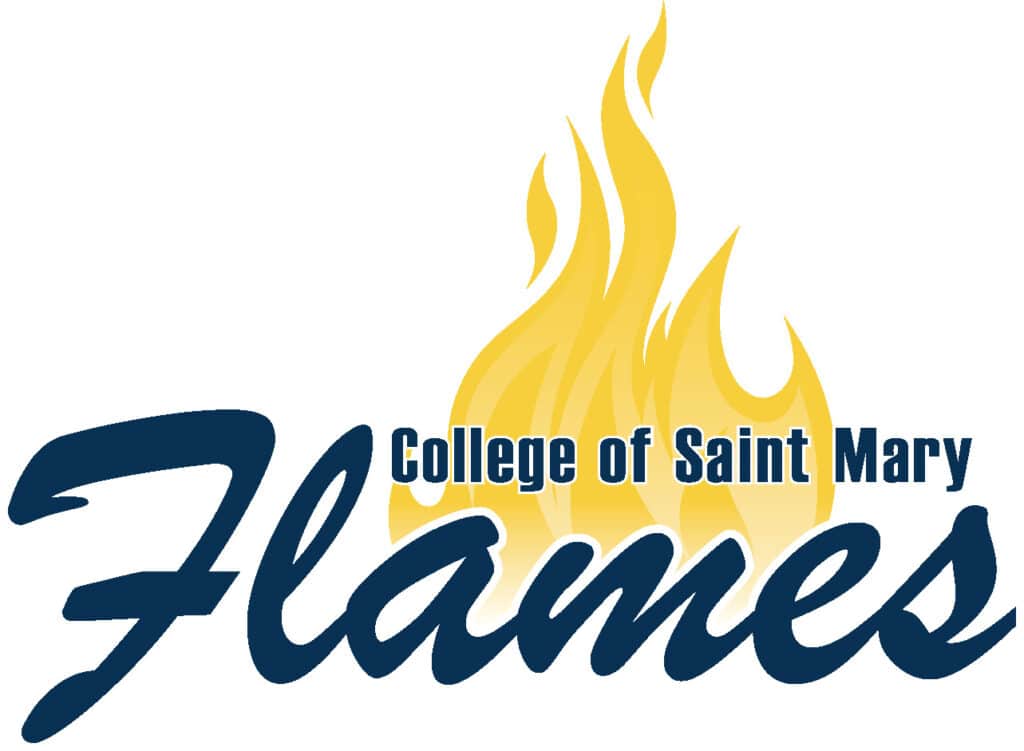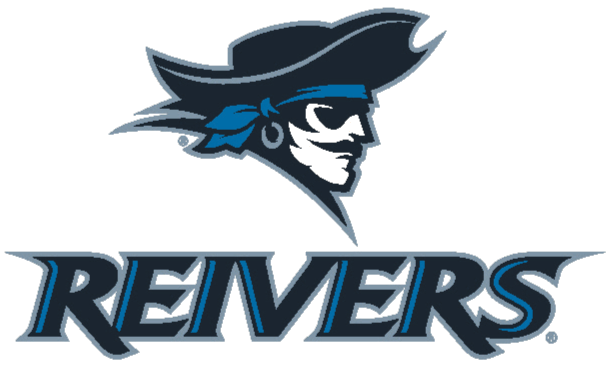Athletes and Injuries: Returning to Sports After COVID-19
Whether you’re a coach, parent of an athlete, or an athlete yourself, life without sports is tough. Sports fill so many roles in our lives. Beyond just filling up our schedules, sports are often a primary social source for people, an outlet for stress and energy, a source of self-esteem and accomplishment. In the past several weeks, many of those roles have been taken away from us; and while it’s all for very good reasons, it doesn’t make it any easier. But for most athletes, sports will resume. Kids will go back to their clubs, high schools will turn the lights on the field, weekend warriors will step onto the court once more. Many of us are looking forward to that day, but how are we preparing, especially those involved in highly organized and competitive sports at the AAU, high school, collegiate, and professional levels?
Many athletes, whether recreational or competitive, are attempting to stay in shape somehow: home workouts from coaches, streaming videos to the living room, or just getting creative with what you have available are all good options. But what if it’s not enough? What are the risks of returning to whatever field, court, or pitch on which you find yourself after not having practiced in your typical routine or intensity for several weeks? In a recent article on SI.com, Brian Burnsed discussed what we’ve seen in the past from situations that can be compared to our current experience with restrictions related to COVID-19:
“… athletes’ muscles and ligaments will need adequate time to recalibrate to their sports’ demands. After the 2011 NFL lockout that kept players away from team medical personnel and strength and conditioning coaches for four months, Achilles tendon tears leapt from an average of eight per season to 12 in training camp and the preseason alone, according to a study done that year. Similarly, a 2012 report found that NBA injury rates jumped after the league’s 2011 lockout, including a rash of ACL tears among stars like Derrick Rose, Ricky Rubio and Baron Davis. Nine players tore ACLs in the two years after the lockout, a figure that dropped to an average of a little more than two per year in subsequent seasons.” 1
ACL and Achilles injuries nearly always require a surgical repair and then a minimum of six months of rehabilitation, often closer to one-year. Any increase in risk to an injury like this should prompt many athletes to re-evaluate their training regimen and coaches to reconsider their practice and workout schedules for the first few weeks of practice with these athletes. Between limited offseason training, shortened pre-season practices, and potential alterations to competition schedules, few athletes will return to their respective sports under normal circumstances.
So, what can we do to minimize this risk of injury associated with extended time off?
- Athletes
- Do everything you can to stay in shape. Listen to your coaches and trainers. Try to maintain a sleep schedule. Eat well: poor quality protein = poor quality muscle. Go online and see what professional athletes are doing to workout. Use whatever random things you can find to load your body and maximize intensity.
- Understand what this will look like: you normally work out at least five days per week in a high intensity and structured program – now say you’re working out three days a week at your own discretion. Most studies show a notable drop off in strength after three weeks of detraining. Maybe you can extend that number out a bit longer because you are doing something a few days a week, but we can all likely agree you will have some loss after eight or more weeks of isolation. Not only will you have strength loss, but muscle memory loss as well. It sounds silly, but your muscles will forget how to coordinate to jump/cut/sprint efficiently. So now you show up to practice and you’re weaker and uncoordinated. You fatigue a bit earlier in practice than you normally would, you get into a situation that requires max effort but your form is sloppy and your power fades, you plant your foot in the ground… That’s when injuries are most common and we didn’t even talk about the effects of detraining on ligaments, bones, etc.
- Parents
- Help your kids and encourage them to do the things listed above. That may look different in each house, but do what you can.
- Keep an eye on your athletes as they return to sports. If they’re showing signs of pain or injury, talk to them about it. The likelihood is greater that an athlete may try to hide an injury because they’re already behind or there’s less time to earn that starting spot.
- Don’t get stressed or upset if your athlete gets subbed out of a game more frequently or for longer stretches. The coach may be taking precautions to not overuse/overwork them early in the season.
- Coaches:
- I have seen many posts on social media encouraging athletes to do all they can to keep up their fitness. Keep contacting and pushing your athletes with this. Especially encourage high speed and high intensity training in athletes whose sports demand cutting, acceleration/deceleration, and jumping. (soccer, basketball, football, volleyball). These sports already carry an increased risk of injuries like ACL tears and these movements must be performed frequently to maintain proper mechanics, endurance, and muscle memory.
- Realize your athletes will not return at the point they left off. In some way, even if it’s small, athletes will be behind where they normally would be at the beginning of the season. Their nutrition, sleep, and workouts have all been affected during this time and may mean you have to ease them in a bit more than usual.
- Fans
- We all want sports back, but realize these athletes will need time to prepare the right way. Give them time. Once things start to trend back to whatever normal might look like in the future, sports will not and should not instantly resume. Otherwise, you might see your favorite player sidelined for the next year or possibly their career.
The time will come, sports will return, you’ll be able to go back to the gym, but no one should expect it to be business as usual. In the coming articles, we will look at other areas of fitness beyond sports including running, weight management, and more.
Sources Cited:
- Burnsed, Brian. “What Does the Coronavirus Do to an Athlete’s Body?” Sports Illustrated, Maven, 6 Apr. 2020, www.si.com/more-sports/2020/04/06/effects-of-coronavirus-on-athletes-bodies.

